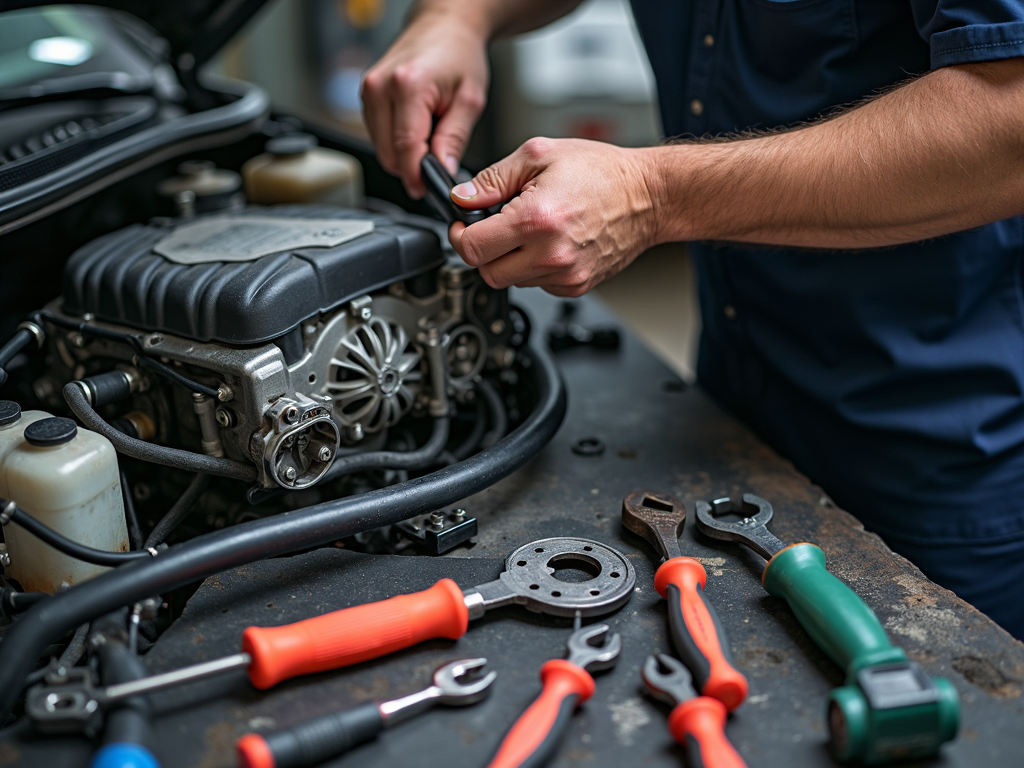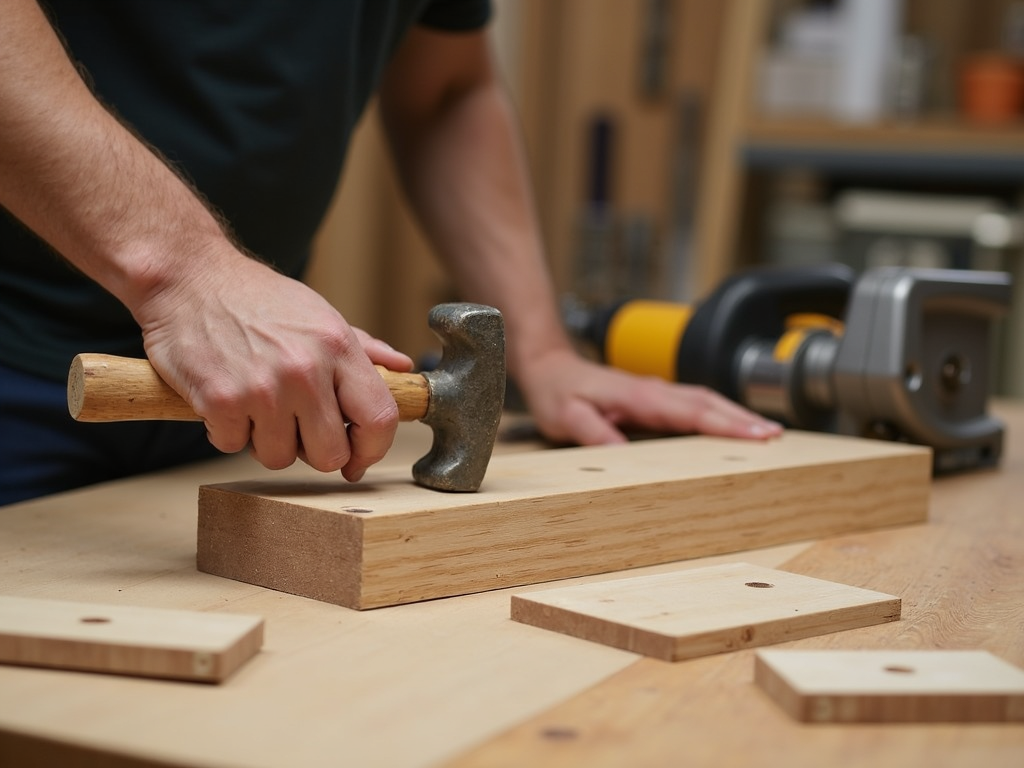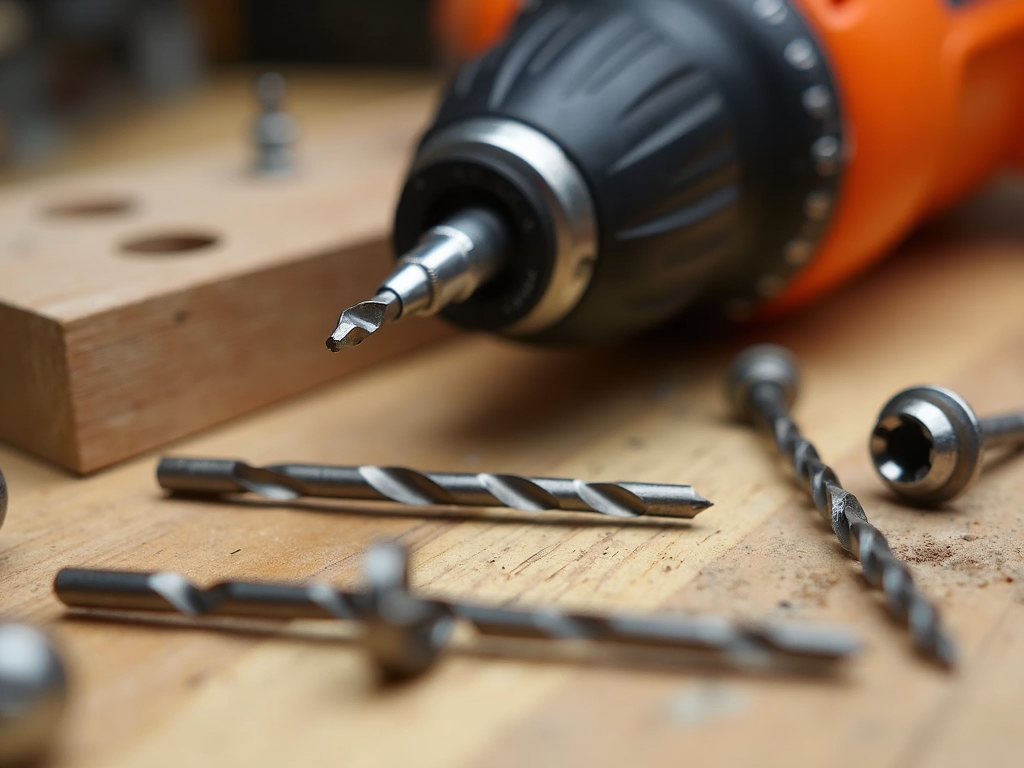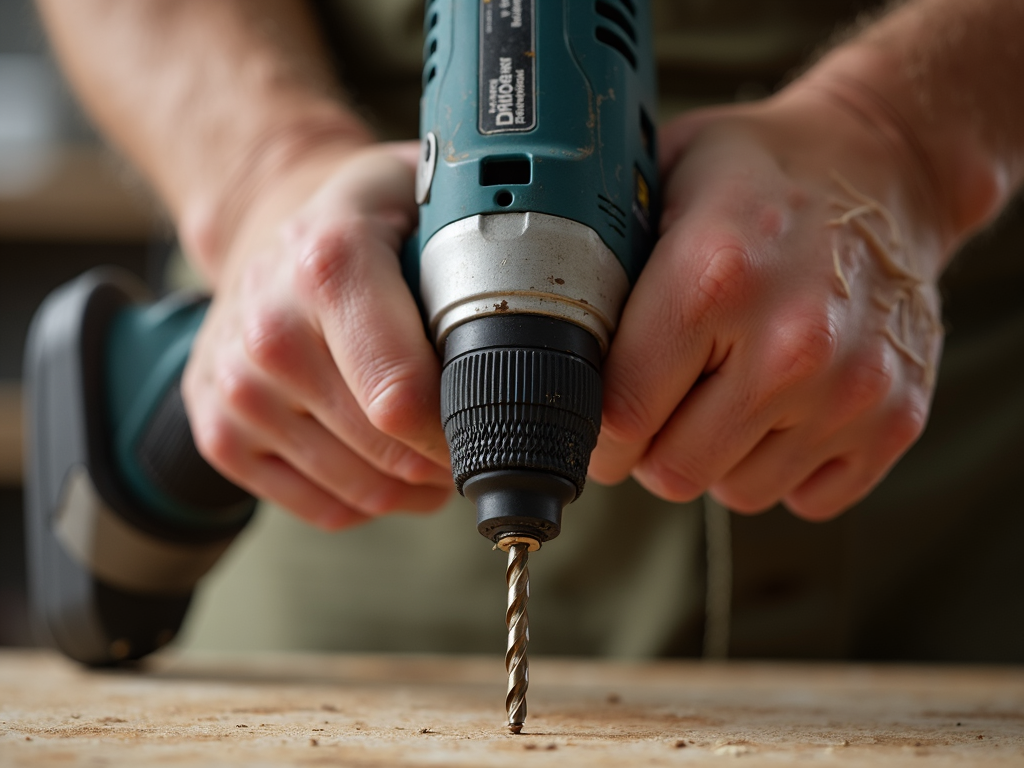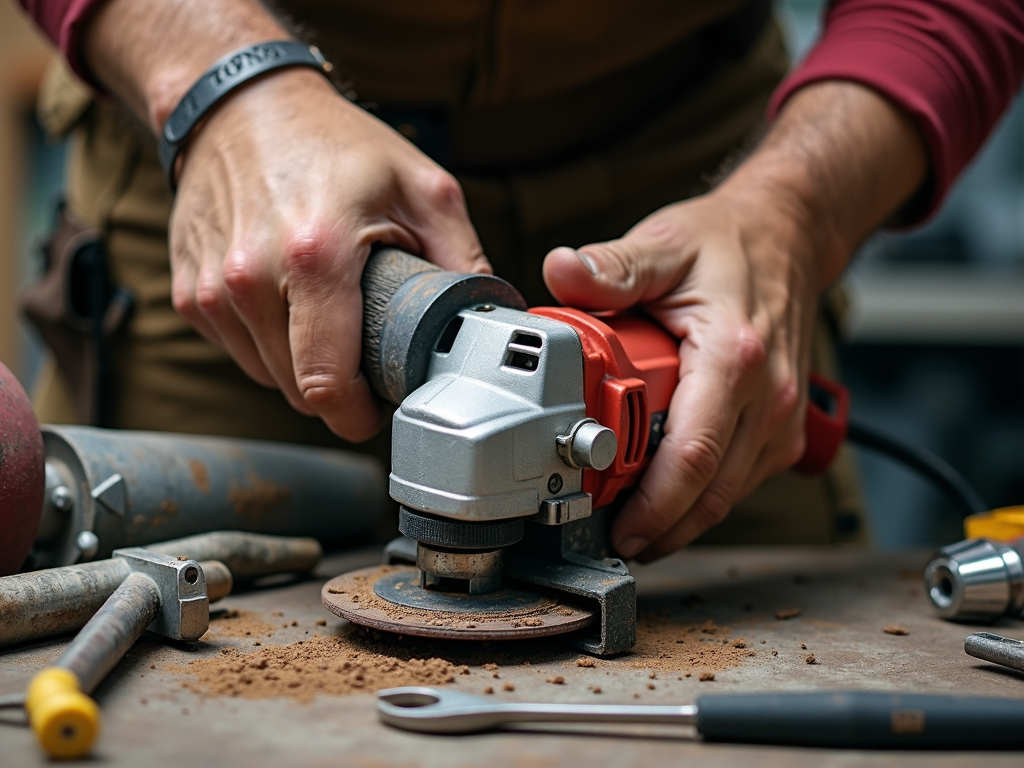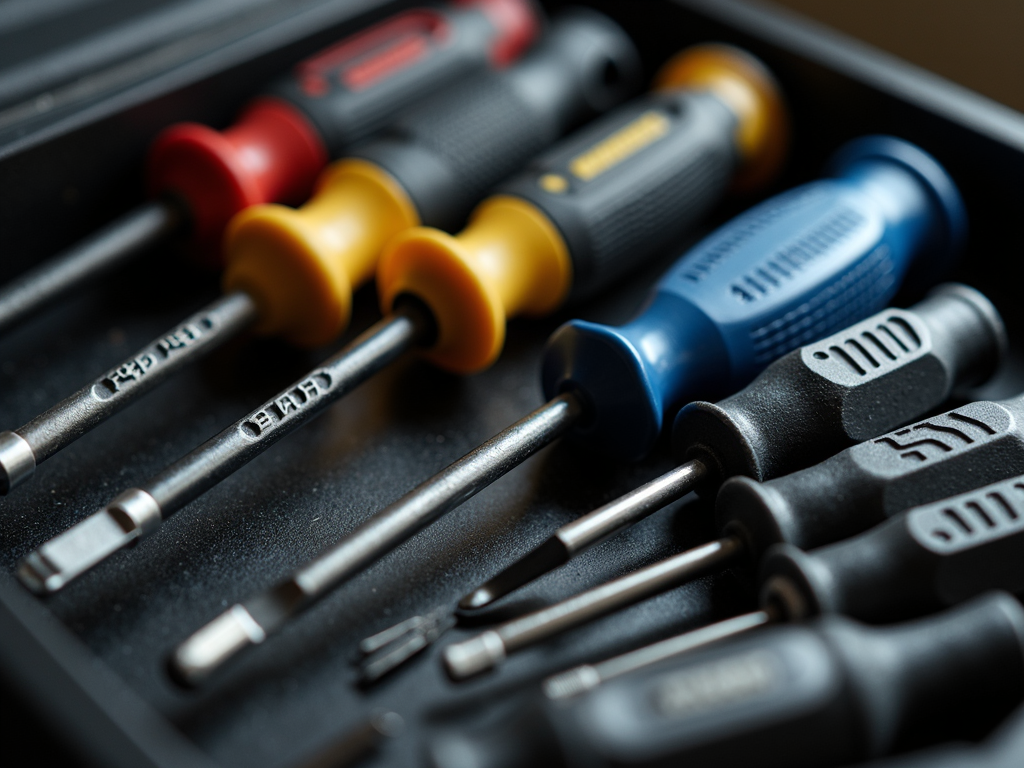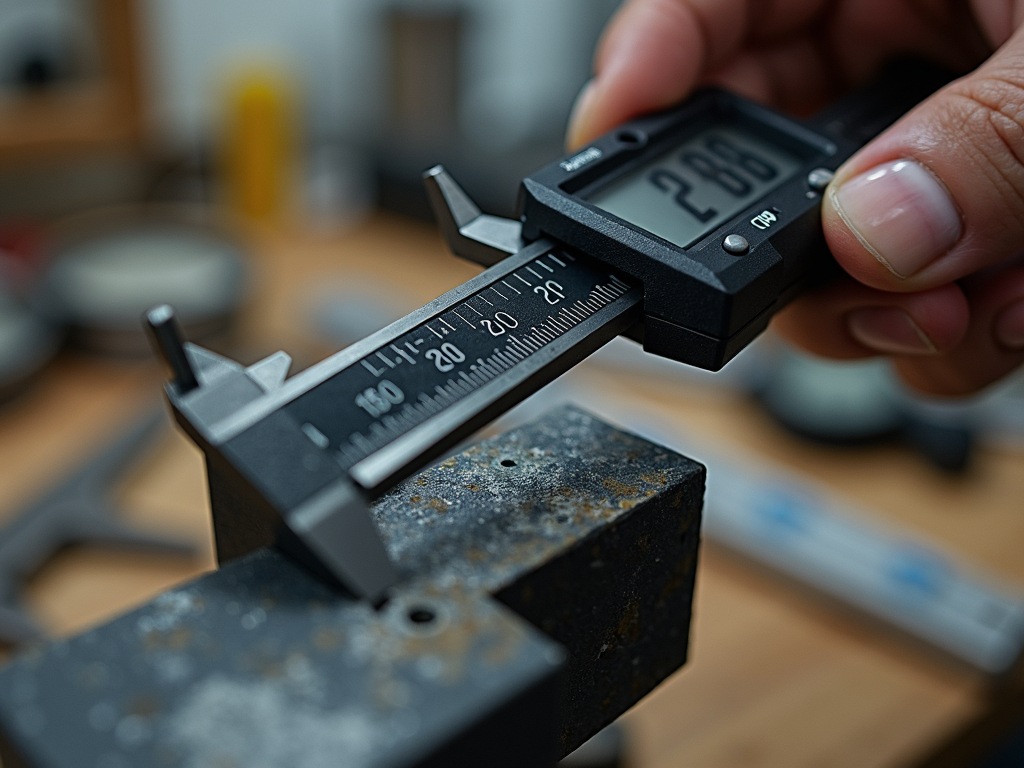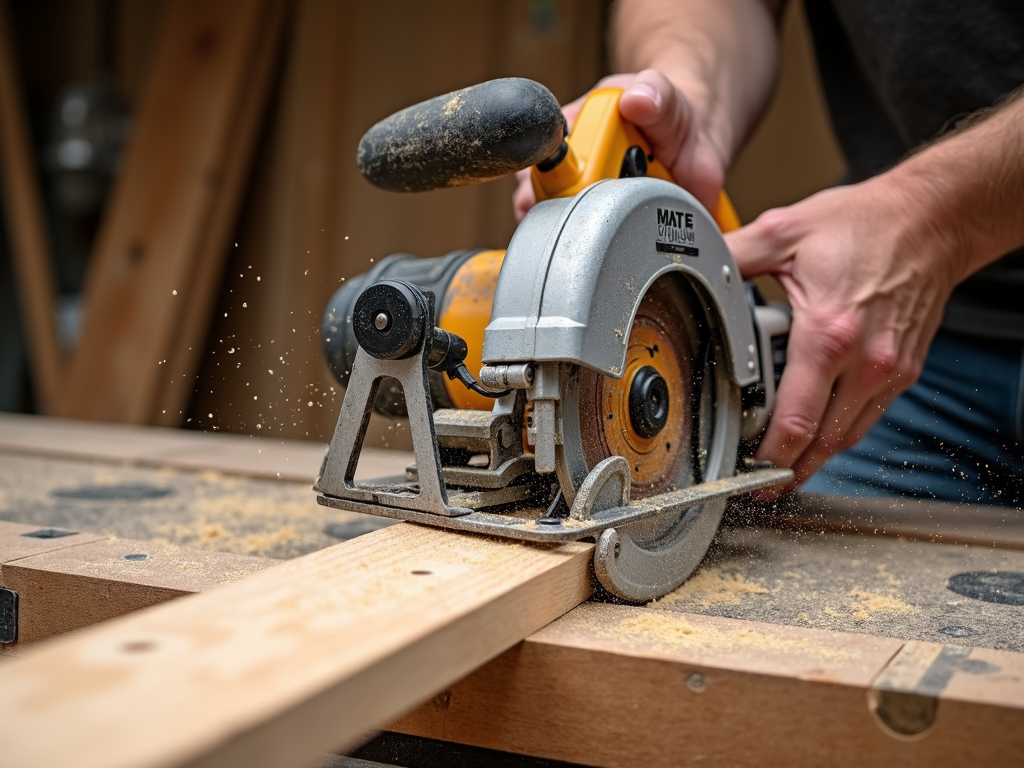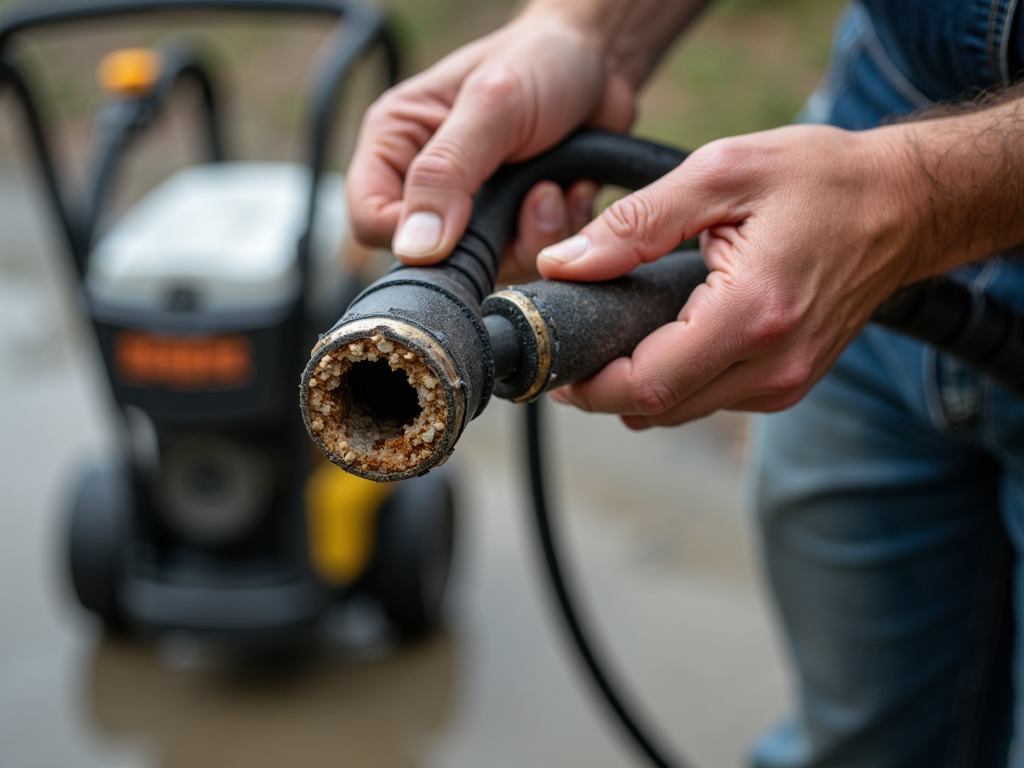Rotary tools are small, powerful devices that can cut, grind, sand, and polish. What makes them so handy? It’s all about the accessories and attachments. This article dives into everything you need to know about rotary tool accessories and attachments, from choosing the right ones to using them well.
Let’s start with the basics. Rotary tools are handheld power tools with a spinning tip. They’re perfect for detailed jobs like carving wood, engraving metal, or smoothing tight corners. The real magic happens when you add accessories and attachments—they turn one tool into a do-it-all machine.
So, what’s the difference? Accessories are the bits you attach to the tool itself, like cutting wheels or sanding drums. Attachments are extras that connect to the tool, like a flex shaft for tricky spots or a router base for straight cuts. Together, they make rotary tools unstoppable.
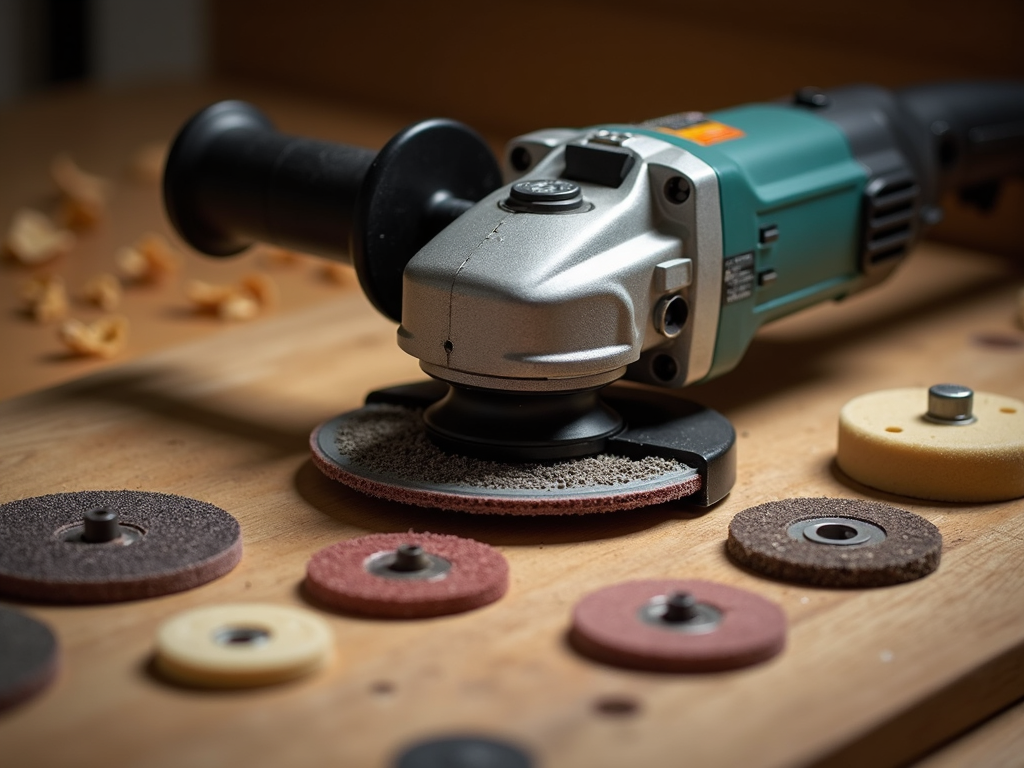
Picking the right accessory matters a lot. If you use a metal cutting wheel on wood, it’ll wear out fast or snap. I learned this the hard way when I ruined a wheel trying to trim a wooden shelf. Match the accessory to the material, and you’ll save time and frustration.
Cutting Wheels are a must-have. These thin discs slice through metal, wood, or plastic. Each type is made for a specific material. For example, reinforced cut-off wheels tackle steel, while wood cutting wheels handle pine or oak. Always check what you’re cutting before you start.
Sanding Drums are awesome for smoothing things out. They’re little cylinders with sandpaper wrapped around them. I use them to shape wood projects—like when I sanded a rough birdhouse into something smooth and polished. They come in different grits, from rough to fine.
Polishing Pads bring the shine. Made of felt or foam, they buff surfaces to a mirror finish. I once used a pad with some polishing compound to make an old brass lamp look brand new. It’s a small step that makes a big difference.
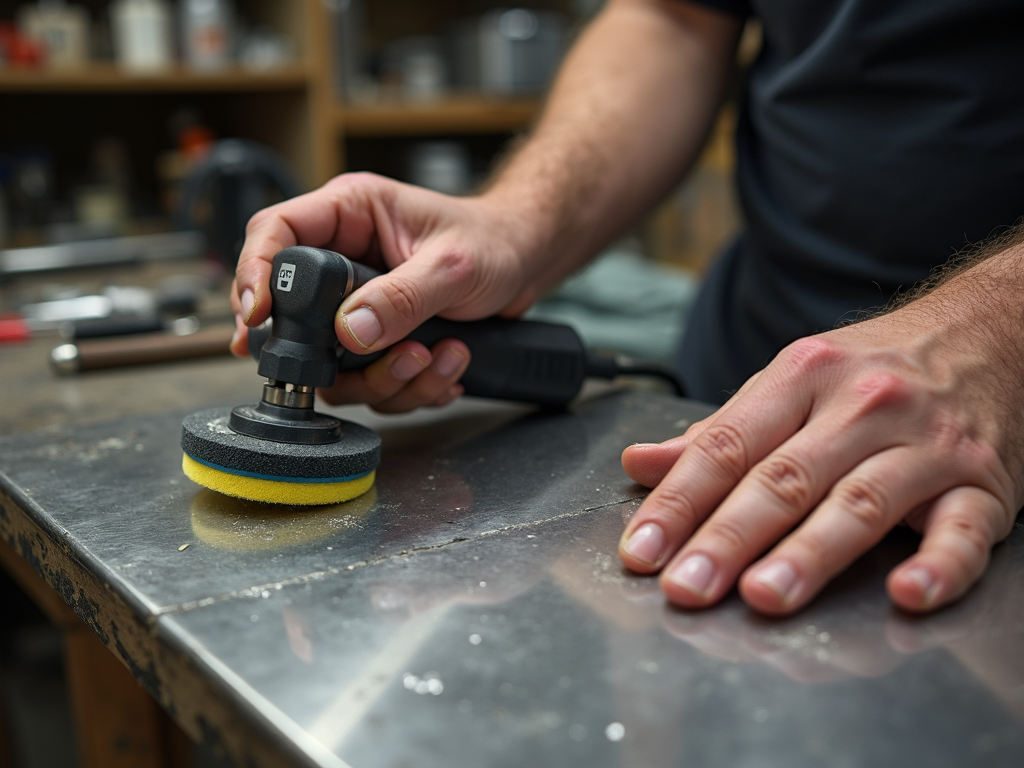
Now, let’s talk attachments. A flex shaft is a game-changer. It’s a long, bendy extension that lets you work in tight spaces. I used one to engrave my initials on a wooden box—way easier than wrestling the whole tool into a corner.
Another cool attachment is the router base. It turns your rotary tool into a mini router for precise cuts. I built a picture frame with one, cutting perfect grooves for the glass. It’s like giving your tool a superpower.
Not every accessory fits every tool. Check your rotary tool’s manual to make sure things match up. I once bought a set of bits that didn’t fit my old Dremel—total waste. Compatibility saves headaches.
Using these tools right takes a little know-how. Safety comes first. Wear safety glasses and gloves every time—I’ve had metal bits fly at me before, and it’s no joke. Also, clamp your workpiece down so it doesn’t wiggle around.
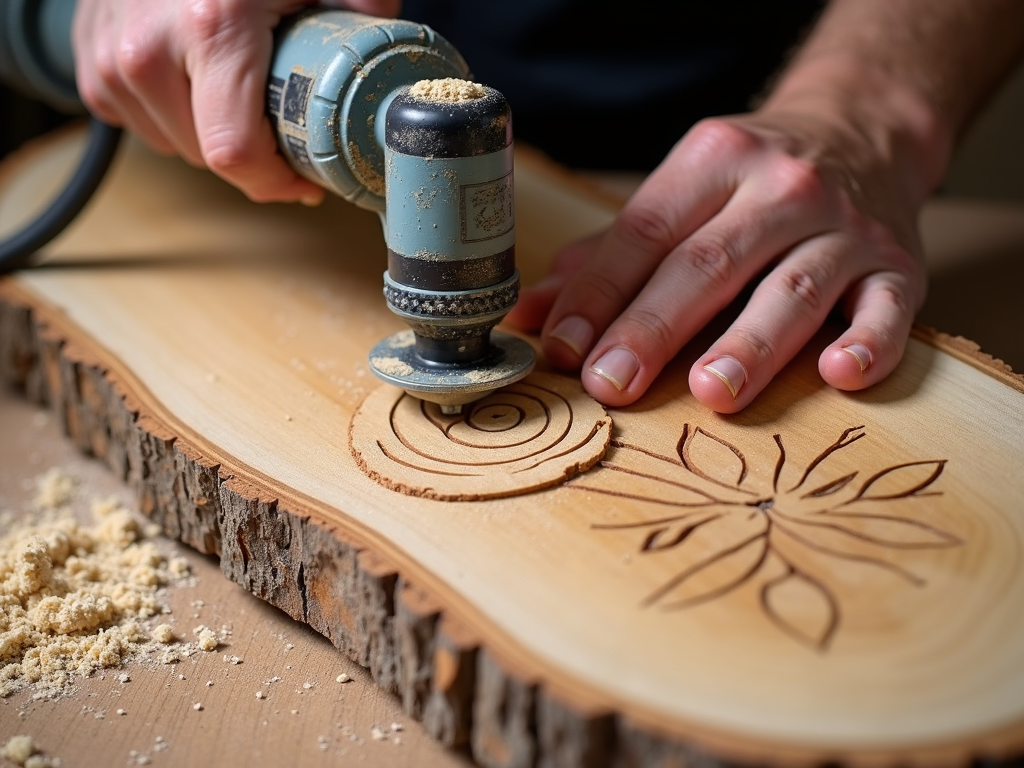
For cutting wheels, don’t push too hard. Let the tool’s speed do the job. I snapped a wheel once by forcing it through steel—lesson learned. Gentle pressure keeps things safe and smooth.
With sanding drums, start rough and go smooth. I sanded a chair leg by moving from coarse 80-grit to fine 240-grit. Keep the tool moving so you don’t dig weird dips into the surface.
Polishing needs a soft touch. Move the pad around to avoid heating up one spot too much. I burned a plastic piece once by lingering too long—not a good look. Steady and light is the way to go.
Here’s a quick guide to cutting wheels:
| Material | Wheel Type | Best For |
|---|---|---|
| Metal | Reinforced Cut-Off | Steel, aluminum, copper |
| Wood | Wood Cutting | Pine, oak, maple |
| Plastic | Plastic Cutting | PVC, acrylic |
This table helps you pick the right one fast.
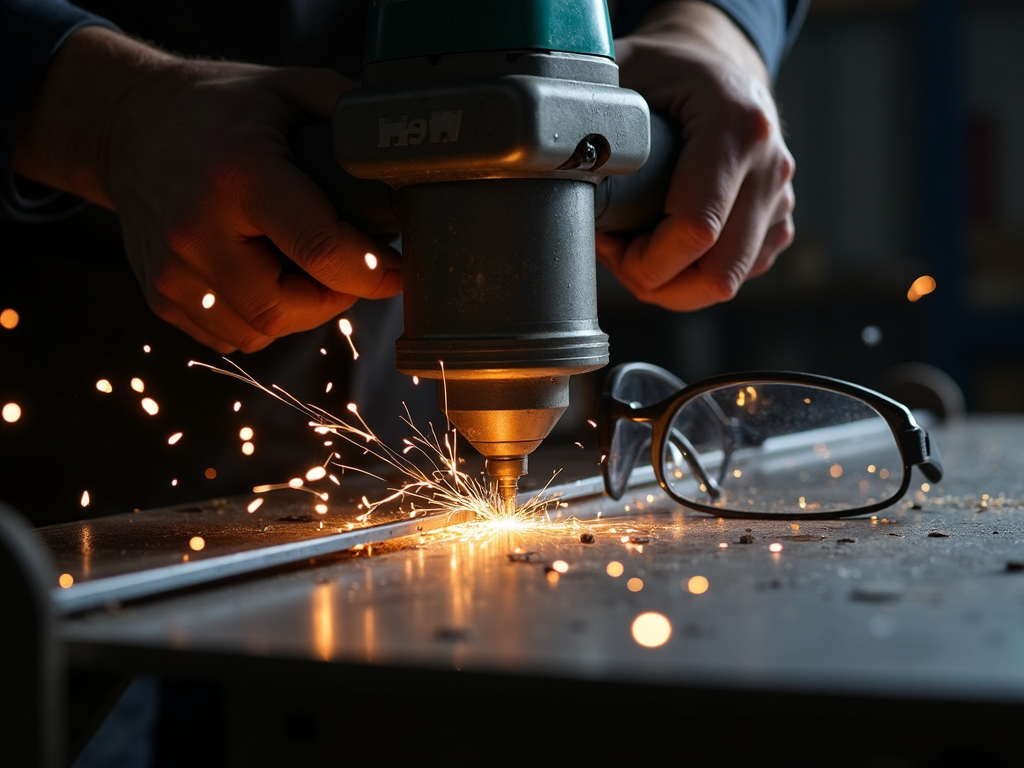
Safety tips are worth repeating: - Wear glasses and gloves - Clamp your workpiece tight - Match the accessory to the task - Don’t force the tool - Keep it moving to avoid heat buildup
There’s more out there, too. Engraving bits carve tiny details—I’ve etched designs into glass with them. Wire brushes scrub off rust, and drill bits punch holes. Each one opens up new possibilities.
Quality counts. Cheap accessories break fast and can hurt you. I’ve had a flimsy sanding band rip mid-use—not fun. Stick to trusted brands like Dremel or Bosch. They cost more but last longer.
Speed settings matter, too. Cutting wheels love high speed—around 25,000 RPM works for me. Sanding drums? Lower it to 15,000 RPM to keep control. Check your tool’s guide for the sweet spot.
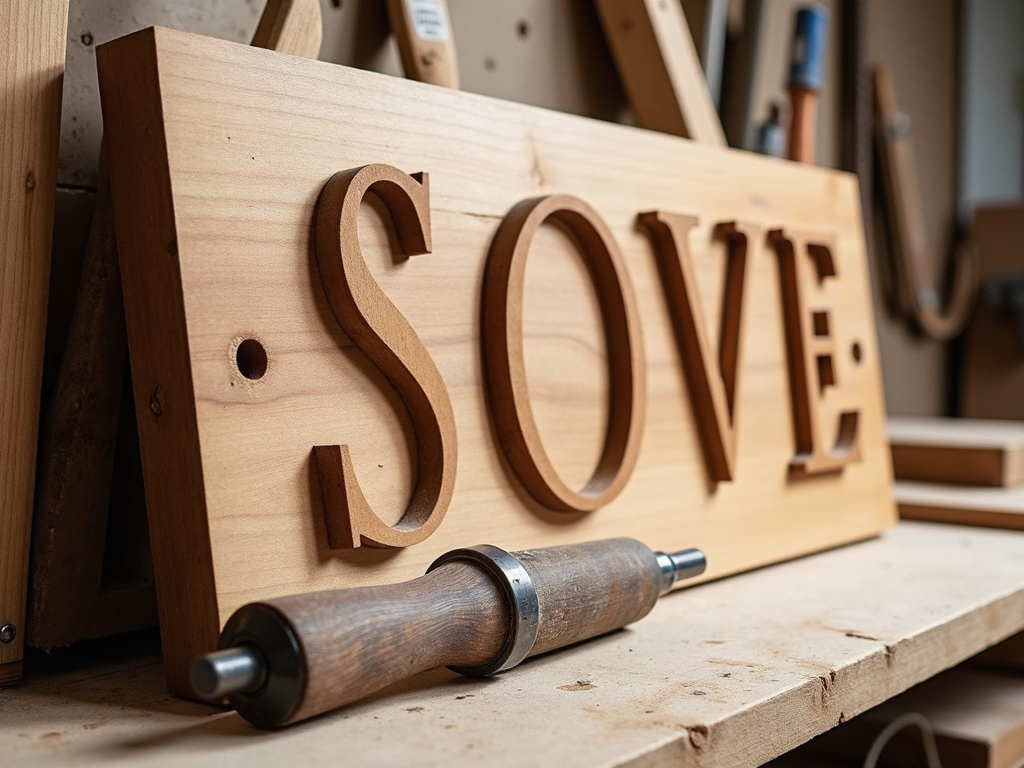
Here’s a story: I made a wooden sign for my garage last month. I cut the letters with a wood wheel, smoothed them with a sanding drum, and polished the whole thing to a shine. It took a few hours, but the right rotary tool accessories and attachments made it look pro.
Rotary tools are only as good as the bits you pair them with. Get the right accessories and attachments, and you can tackle almost anything. Focus on safety, quality, and the right fit, and you’ll be amazed at what you can create.
Want to dig deeper? Check out the recommended readings below for more tips and tricks on power tools and rotary tools.
Related rotary tool accessories and attachments:
- Essential Guide to Automotive Tool Care: Tips for Extending Tool Lifespan
- Top 10 DIY Projects Using Basic Tools
- Choosing Your First Power Tool
- Power Tools for Woodworking Enthusiasts
- Advanced Techniques for Power Tool Safety: A Comprehensive Guide
- Essential Worker Safety Tips for Construction Sites
- Workman Tools: A Guide to Choosing the Right Equipment
- Essential Screwdriver Maintenance Tips to Keep Your Tools in Shape
- Calibrating Your Measuring Tools: The Ultimate Guide to Workshop Equipment Maintenance
- DIY Garage Organization Ideas for Small Spaces
- Essential Woodworking Tools for DIY Enthusiasts
- Essential Power Washer Maintenance Tips for Longevity
